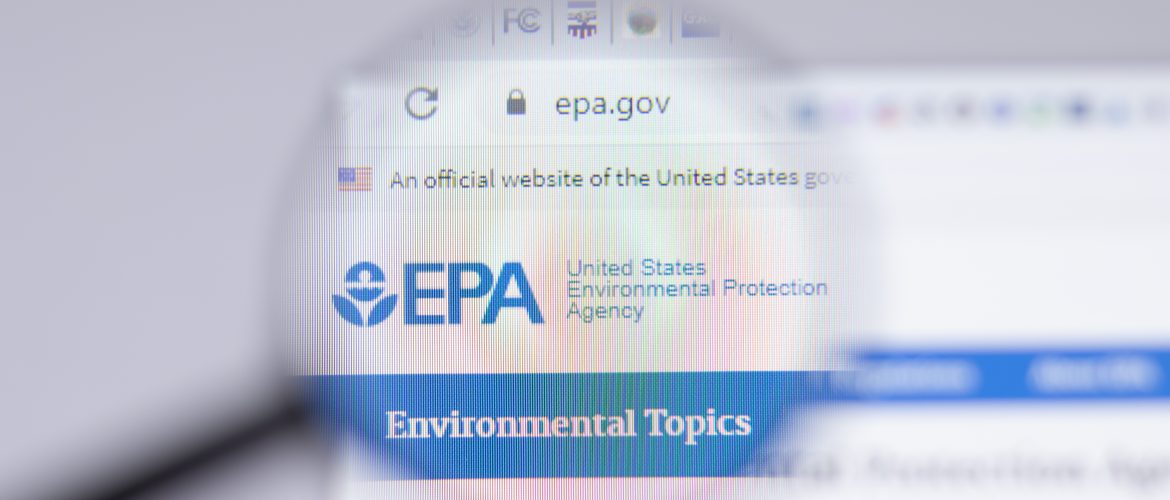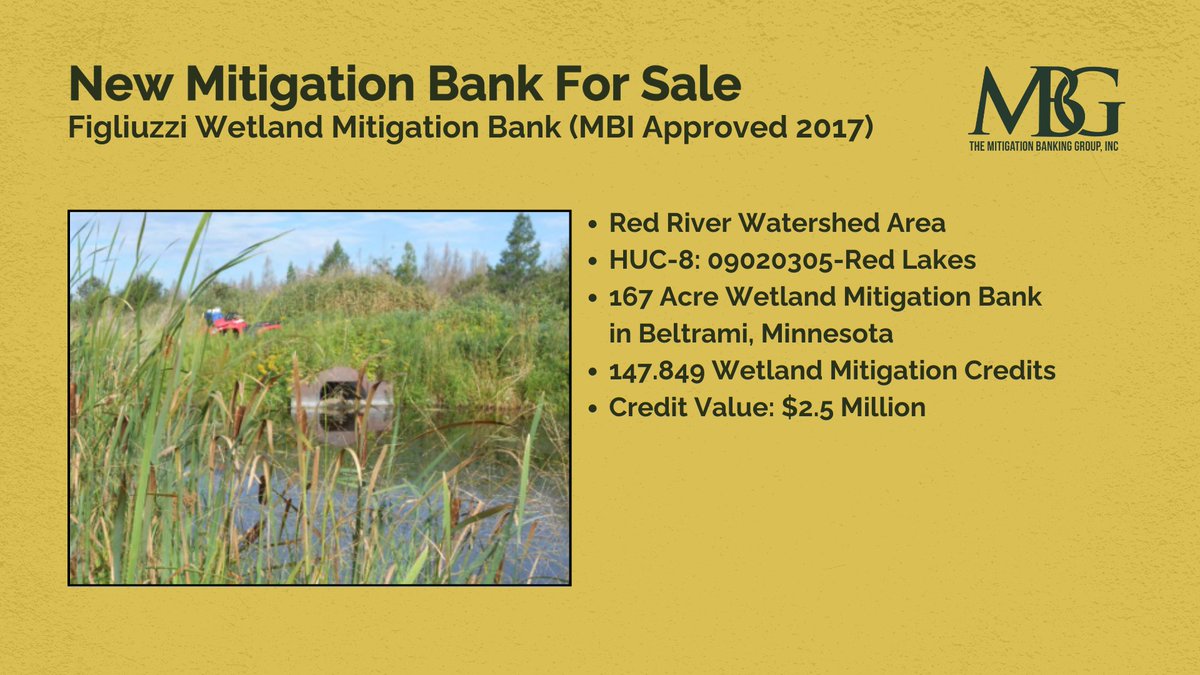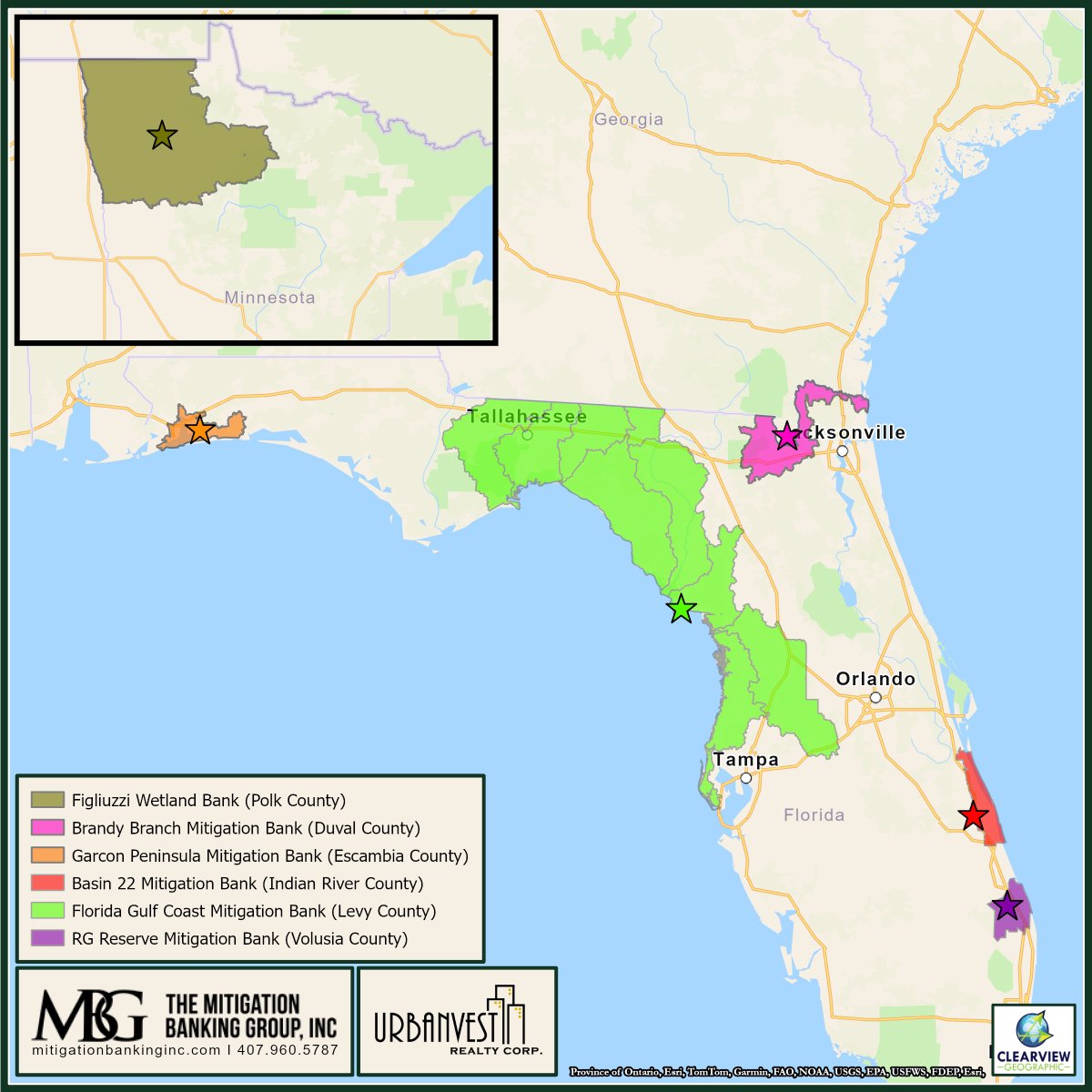NEW EPA DRINKING REGULATIONS PROPOSED for Man-Made Chemicals PFAS (Perfluoroalkyl and Polyfluoroalkyl Substances)
There is currently no federal mandate to regulate public water systems to test for PFAS chemicals or take steps to filter them out of their supplies before it reaches consumers.
On March 14, 2023, EPA announced the proposed National Primary Drinking Water Regulation (NPDWR) for six PFAS including perfluorooctanoic acid (PFOA), perfluorooctane sulfonic acid (PFOS), perfluorononanoic acid (PFNA), hexafluoropropylene oxide dimer acid (HFPO-DA, commonly known as GenX Chemicals), perfluorohexane sulfonic acid (PFHxS), and perfluorobutane sulfonic acid (PFBS).
The limits, known as maximum contaminant levels, or MCLs, are the highest level of a contaminant that is allowed in drinking water. The new MCL requires water treatment plants to lower PFOA, PFOS, PFNA, PFHxS, PFBS and GenX to much safer levels than currently exist in water systems.
These are just six of the forever chemicals known as PFAS, a large family of fluorinated chemicals that are persistent, bioaccumulative and toxic. Even at low levels, they have been linked to cancer, reproductive harm, immune system damage and other serious health problems. The EPA has known about the risks from PFAS at least since the 1990s.
PFAS are man-made chemicals that have been used in industry and consumer products worldwide since the 1940s. They have been used to make nonstick cookware, water-repellent clothing, stain resistant fabrics and carpets, some cosmetics, some firefighting foams, and products that resist grease, water, and oil.
The proposed PFAS NPDWR does not require any actions until it is finalized. EPA anticipates finalizing the regulation by the end of 2023.
EPA expects that if fully implemented, the rule will prevent thousands of deaths and reduce tens of thousands of serious PFAS-attributable illnesses; cancer, liver damage, decreased fertility, and increased risk of asthma and thyroid disease.
Where are PFAS found?
- Cleaning products.
- Water-resistant fabrics, such as rain jackets, umbrellas and tents.
- Grease-resistant paper.
- Nonstick cookware.
- Personal care products, like shampoo, dental floss, nail polish, and eye makeup.
- Stain-resistant coatings used on carpets, upholstery, and other fabrics.
- Fish
- Cereals
- Water
- Air
- Soil
PTFE, best known by the brand name Teflon™, is typically made using several hazardous PFAS (per- and polyfluorinated alkyl substances) that have polluted drinking water across the globe.
PFAS have been found in some brands of bottled water. The Food and Drug Administration (FDA) has not put enforceable limits in place yet.
Reduce Use of Products that Contain PFAS:
- Check product labels for ingredients that include the words “fluoro” or “perfluoro.”
- Be aware of packaging for foods that contain grease-repellent coatings. …
- Avoid stain-resistance treatments. …
- Avoid or reduce use of non-stick cookware.










